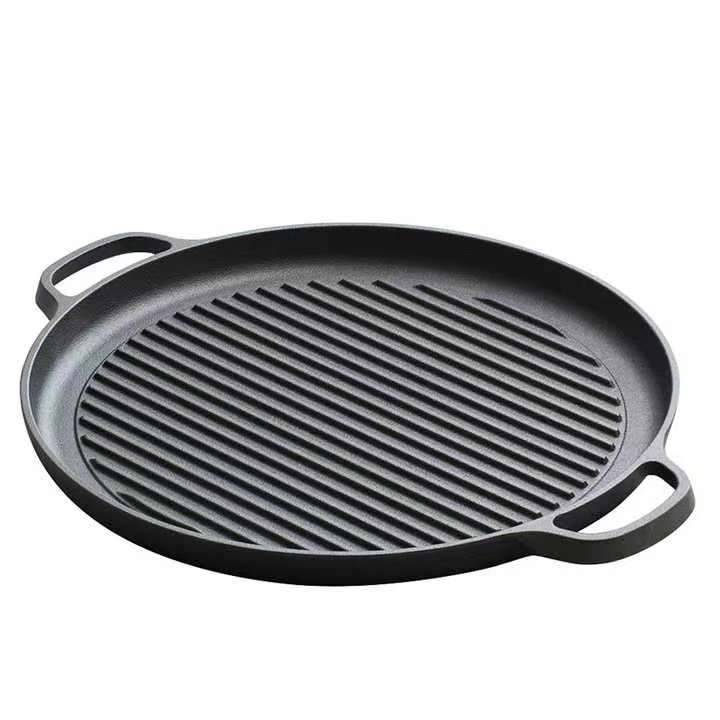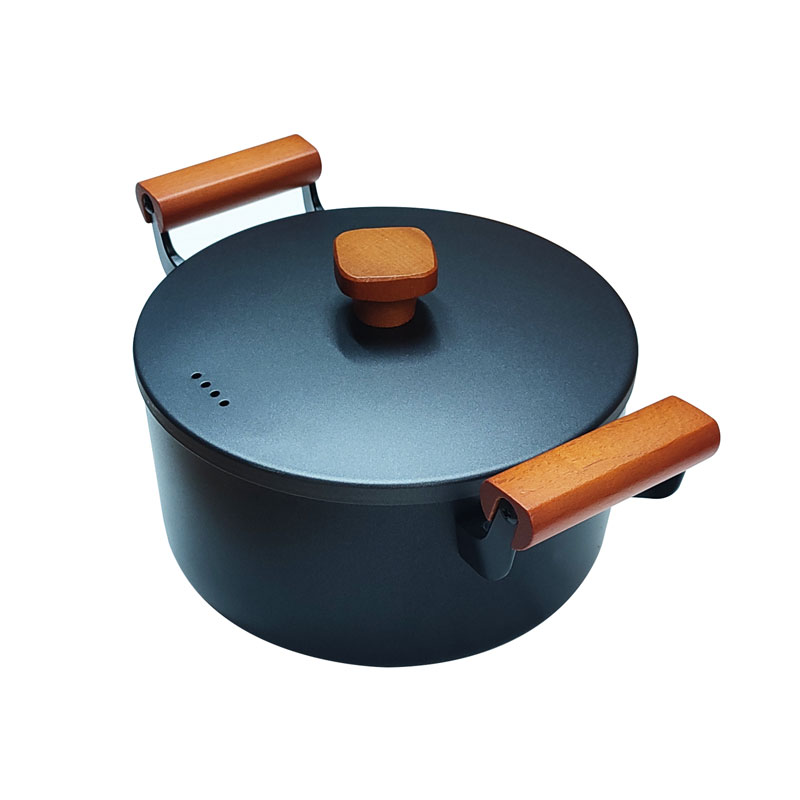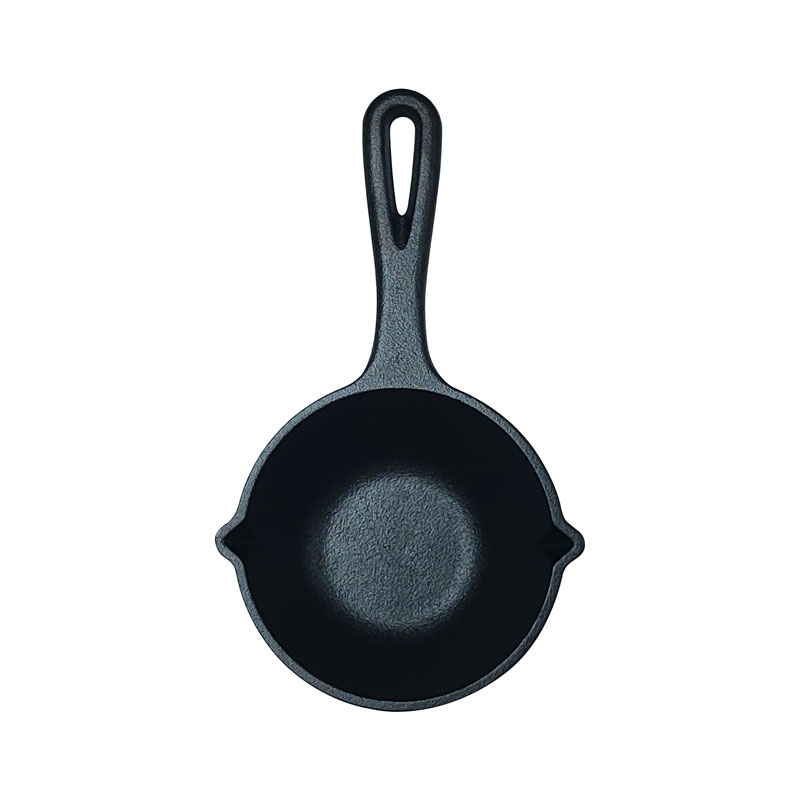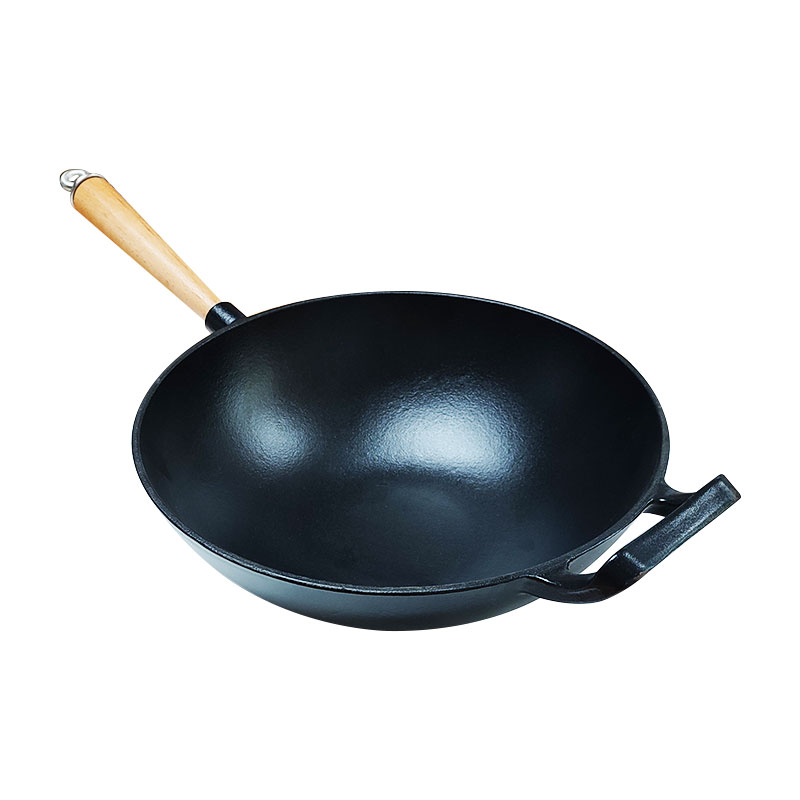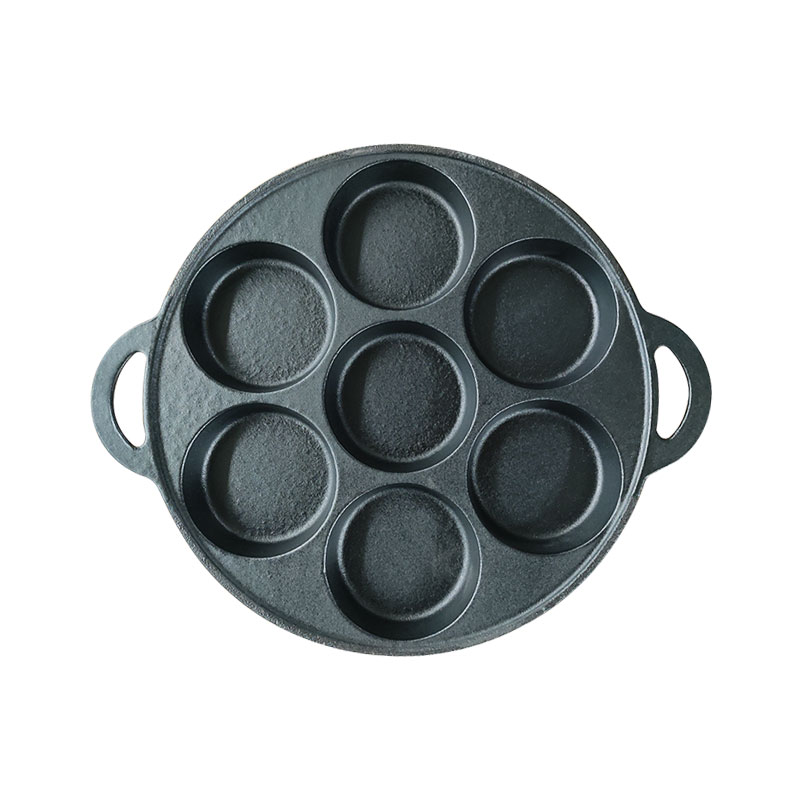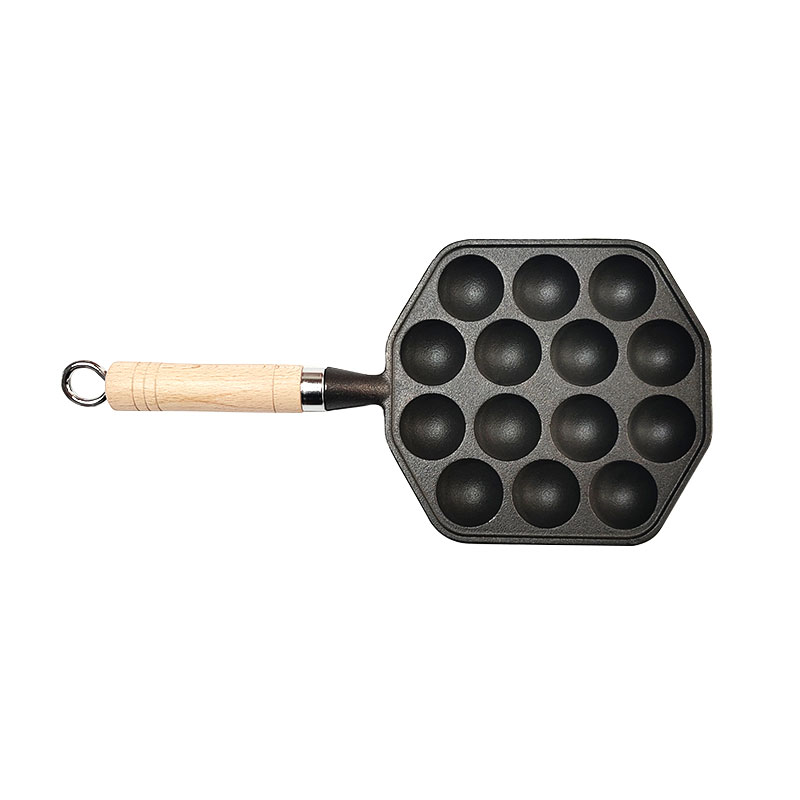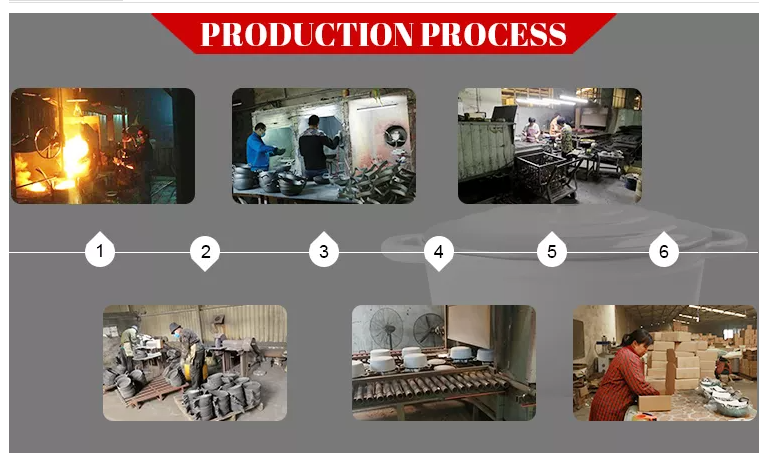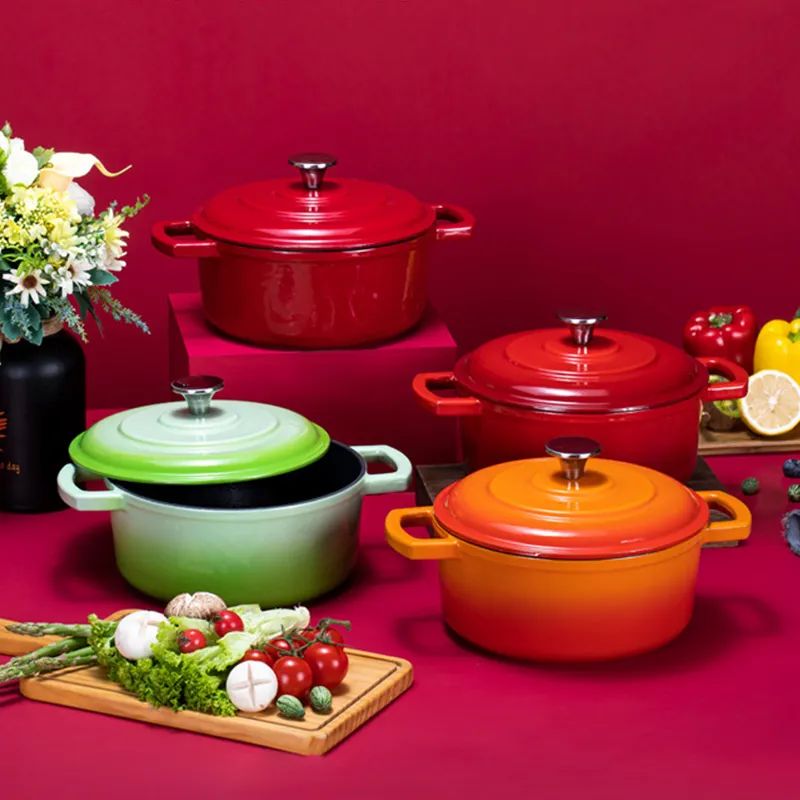- Moafrika
- Sealbania
- Seamharic
- Searabia
- Searmenia
- Se-Azerbaijani
- Sebasque
- Sebelarusia
- Benghali
- Sebosnia
- Se-Bulgaria
- Secatalan
- Sebuano
- Corsican
- Secroatia
- Czech
- Sedanishe
- Se-Dutch
- Senyesemane
- Esperanto
- Seestonia
- Sefinnishe
- Sefora
- Sefrisia
- Segalician
- Segeorgia
- Sejeremane
- Segerike
- Segujarati
- Secreole sa Haiti
- Hausa
- siwaiian
- Seheberu
- Che
- Miao
- Se-Hungary
- Seiceland
- igbo
- Seindonesia
- irish
- Setaliana
- Sejapane
- Se-Javanese
- Kannada
- kazakh
- Khmer
- Rwanda
- Sekorea
- Sekurdish
- Sekyrgyz
- Mosebetsi
- Selatine
- Selatvia
- Selithuania
- Se-Luxembourgish
- Semacedonia
- Semalagasy
- Semalay
- Semalayalam
- Semalta
- Semaori
- Marathi
- Mongolian
- Myanmar
- tsa Nepali
- Norwegian
- Norwegian
- Occitan
- Sepashto
- Sepersia
- Sepolishe
- Sepotoketsi
- Sepunjabi
- Seromania
- Serussia
- Sesamoa
- Segaeli sa Scotland
- Seserbia
- Senyesemane
- Seshona
- Sindhi
- Sesinhala
- Seslovak
- Seslovenia
- Somalia
- Sepanish
- Sesundanese
- Seswahili
- Seswedishe
- Setagalog
- Se-Tajik
- Setamil
- Setatare
- Setelugu
- Sethai
- Se-Turkey
- Turkmen
- Seukraine
- Seurdu
- Uighur
- Seuzbek
- Sevietnam
- Welsh
- Thusa
- Yiddish
- Yoruba
Top FAQs About 27cm Enamelled Cast Iron Frying Pan With Ribs And Long Handle
What Is The Purpose Of The Ribs On This Frying Pan?


The ribs create grill marks and allow excess fat to drain away, helping to cook healthier meals with improved texture and flavor.
Is The Long Handle Designed For Comfortable And Safe Use?


Yes, the long handle offers a secure grip and better control while cooking. It stays cooler than shorter metal handles but should still be handled with care when hot.
Can This Enamelled Cast Iron Pan Be Used On All Cooktops?


Absolutely. It is compatible with gas, electric, ceramic, and induction cooktops and is also oven-safe up to 500°F (260°C).
How Do I Clean And Maintain The Enamelled Surface?


Clean the pan with warm water and mild soap using a soft sponge. Avoid abrasive scrubbers or metal utensils to protect the enamel coating.
Does The Enamel Coating Require Seasoning Like Traditional Cast Iron?


No, the enamel coating eliminates the need for seasoning, making the pan easier to maintain while still providing excellent heat retention.


Botsa Hona Joale Bakeng sa Lipehelo tsa Cast Iron Cookware
Ka kopo, Tlatsa Foromo e Ka Tlase 'me Sehlopha sa Rona se Tla Khutlela ho Uena ka Litheko, Lintlha tsa Sehlahisoa, Le Likhetho tsa Boiketlo.










